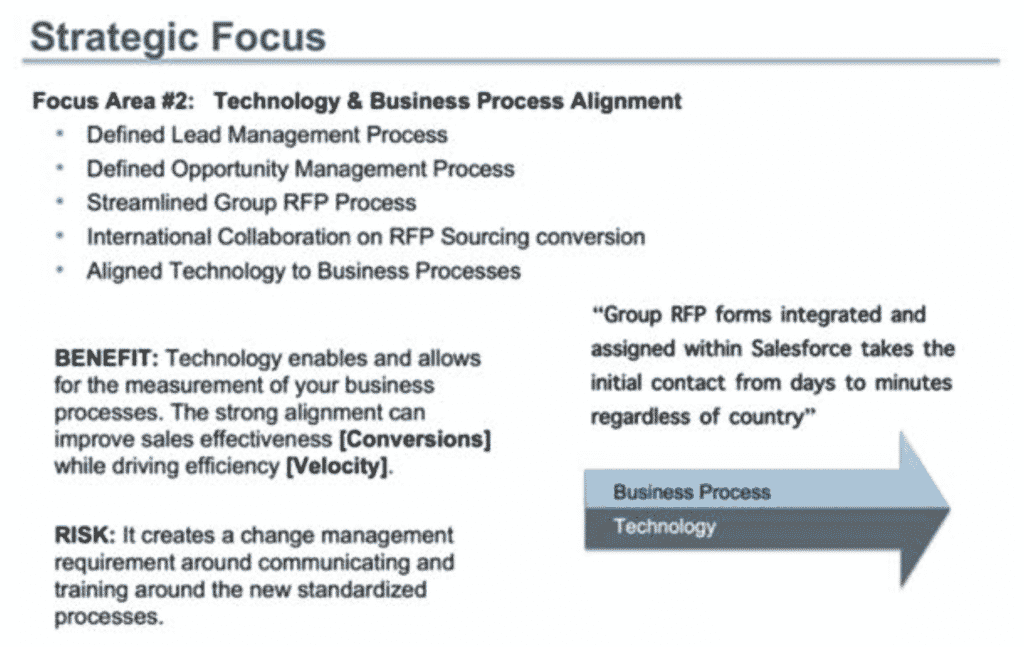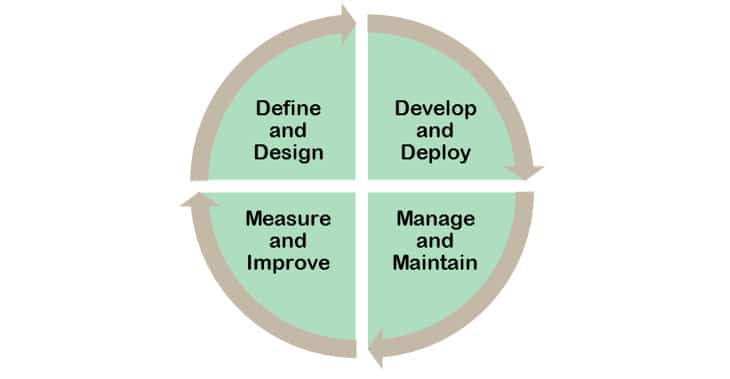In the digital era, information technology is the horse to the chariot on which businesses ride to solve problems and ultimately reach their goals. Businesses are relying on their IT systems to enable better engagement with customers, drive competitive advantage and create new revenue streams.
With this reliance comes both an opportunity and responsibility to solve problems in different ways. One of the pioneers in the research of complex systems management, Howard Eisner, has long been an advocate of Think Outside the Box (TOTB) for problem solving. In this blog, I’m going to discuss how applying these principles to the design and management of IT systems will keep your business at the front of the pack in the digital era.
#TOTB Principles in Brief
Howard estimates that TOTB ideas only make up about 5% of the total number of ideas developed in an organisation. This suggests that there is a large opportunity for innovation and transformation. To embrace this opportunity there are six key techniques to apply:
1. Generalise and Broaden
Before providing a solution, it might be a better idea to think at a level higher. This will allow a project team to discover new ideas, reuse assets, and leverage others’ experience and knowledge. For example, for a project that intends to deliver a cab-booking system – rather than asking the question what other cab-booking agencies have implemented, a TOTB question is what do other “e-retail” systems have to offer or have been implemented – separate out the general and specifics.
2. Crossover
Crossover is about leveraging existing assets or building new assets with reuse in mind. Software reuse has been around for some time and has demonstrated strong cost reduction when applied correctly. Crossover leverage can be applied in the following areas:
- Software asset reuse
- Training and education programs
- Documentation and presentations
- Best practices
- Process improvement
- Testing and simulation
Equally important is to consider where crossover is not important, or indeed adds unnecessary complexity to a solution.
3. Question Conventional Wisdom
TOTB requires critical thinking and questioning the conventional wisdom. Non-conventional problems cannot be solved through conventional thought processes. For example, conventional wisdom would call for one to stick to what they know how to do, this does not leave room for improvements or development and could lead to a lower value proposition over time – we all know the Kodak story! Take the time to challenge your preferred methods to allow for the identification and consideration of new approaches or opportunities and their exposure.
Caution has to be considered to balance risk with reward and avoid disruptions of a smooth project delivery.
4. Back of the Envelope
In this method, the team concentrates on the most important facts and variables. The team considers the assumptions, constraints, risks etc. This requires integrative thinking and subject matter expertise. The technique is kept simple and brief, holistic, concerned about main points rather than details with a focus on new ideation. In using the Back of the Envelope approach several main questions are considered:
- What is the problem?
- What are key factors, variables and observables?
- What inferences could be made? What are alternatives?
- What appears to be the best solution?
A sample of an envelope representation for a CRM project is shown below:
5. Remove constraints
A common practice in managing projects and developing systems is identifying constraints early in the project. Once identified the team typically proceeds to execute the project plan keeping in mind these constraints and/or avoiding them.
TOTB thinking encourages teams to embrace constraints and transform them into opportunities. For example in the case of lack of time, the constraint can be viewed as an opportunity to apply an agile approach. In the case of scarcity of physical resources crowdsourcing could be leveraged as an opportunity to achieve more with less.
6. Thinking with pictures – my favourite!
A picture is worth a thousand words. Although it’s quite common on projects to use BPMNs to illustrate business processes or dashboards to illustrate story breakdowns, other nonconventional artefacts such as system functional diagrams or context diagrams can be used to clarify boundaries of the software solution. Pictures can be also used to demonstrate value, during gap analysis and for comparing current and future states.
Applying TOTB Principles in the Digital Era
The digital era is characterised by the needs and wants of customers and business stakeholders evolving at lightening speed. This acceleration is driven by increasingly easy access to technology and heightened expectations of its capability. These expectations often dismiss the necessary complexity required to achieve the desired outcome.
For IT departments to keep pace TOTB tells us that in order to design and manage elegant complex systems, we need to:
- Think smart, maybe different at times, and hence be innovative
- We need to reuse and learn continuously to ensure optimal behaviour of the system to satisfy end customers
- Have a method to solve the problem
What is a practical framework through which we can embrace this approach?
The answer is not so complex – Agile & Iterative Delivery
This approach creates a workable architecture that spans across processes, data and system integration which in turn enables an enterprise to transform its operations and become more outward looking. It also fosters strong project governance that is aligned to strategic business objectives and core organisational values.
Intelligent Pathways undertakes iterative delivery for designing systems and managing projects that need to reflect fluid and incremental business needs. We use a ‘hybrid agile’ process by taking an iterative approach with specific milestones to ensure an ongoing alignment with an organisation’s investment appetite.




